Related Posts
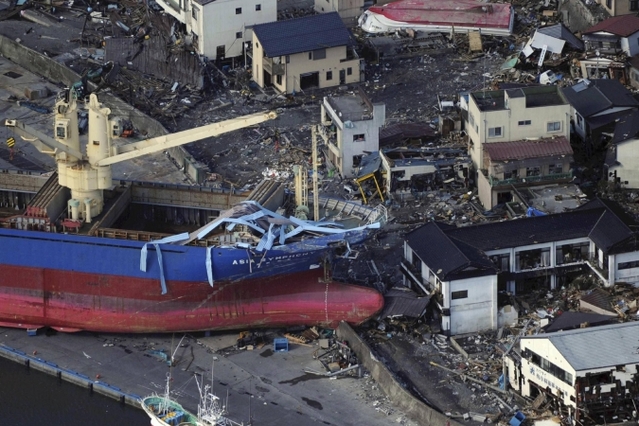
After a natural disaster such as an earthquake one of your biggest if not most important priority after making sure your family is as safe as possible is to have a safe water supply. An emergency water supply is essential to your survival, depending on the level of devastation, and where in the world you live it could take several days or even weeks before help arrives.
How Much Emergency Water Should You Have Before An Earthquake Or Disaster?
Most experts suggest that you should have a 72 hour emergency water supply. This translates into approximately 1 gallon per day per person in your family depending on where you live. Obviously locations that are hotter will require you to keep a larger safe water supply.
What most fail to mention is that you also need to take into consideration the following when planning how much emergency water you‘ll need to keep ready.
- Water supply for any pets you have
- Nursing women
- Children
- Anyone who’s ill
- Food preparation
- Hygiene
These factors are often overlooked and any one of these can easily require you to double or triple your safe water supply. In the ideal world you would have enough storage space to hold several gallons of water in your home. The reality is that this won’t always be the case or that your home is unsafe to stay in or no longer exists.
So Where Can You Get Water After An Earthquake Or Disaster?
If you own your own home the first place you should look at if you don’t have extra bottled water available is your hot water heater. The average water heater can hold around 30 to 60 gallons of clean drinkable water. To access this water follow these steps
1. Make sure the electricity or gas is turned off, this is for your safety and to prevent damage to the water heater.
2. Close the supply valve to the tank. This will prevent possible contaminated water to be pumped into your water heater once your city or town is able to restore its water service.
3. Locate the drain which should be at the bottom of your water heater. You’re going to also need to allow air to get into the tank to allow it to drain. To do this simply turn on any hot water tap in your home.
4. Once you drain the tank you might notice sediment. Normally this sediment is harmless; however it’s important to note that if your water heater has an aluminium anode you could a jelly like substance in the water. This is aluminium corrosion by product that could be in your water heater.
Another source of water will come from your refrigerator or cupboards, canned fruit or other foods packed in water can be used to supplement your emergency water supply. Any ice in your freezer can easily be melted to provide safe drinking water as well. Remember with canned foods to avoid products high in salt as these will only cause you to become dehydrated.
As a last resort, and I mean last you can also use the water from pools, spas, (hot tubs) and even your toilet (not the toilet bowl where you do your business but the reservoir tank at the back)
Remember before drinking any water from one of these or other questionable sources that you purify it first.
Other posts to check out
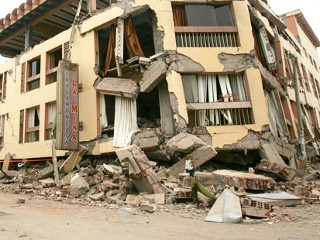 Previous Post
Previous PostIn my last post I listed some ways you can prepare your home for an earthquake. In this post I’ll show you some things you can do to prepare yourself and family for one. How you prepare for an earthquake will vary depending on where you live, how much space you have

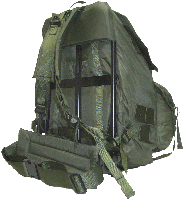
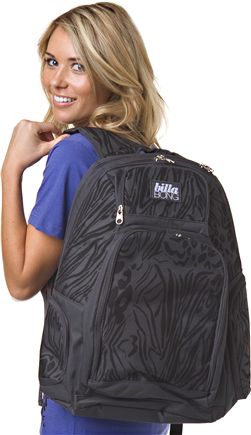
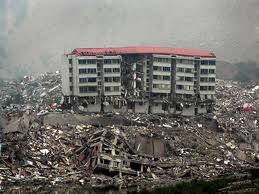


HTML Comment Box is loading comments...


